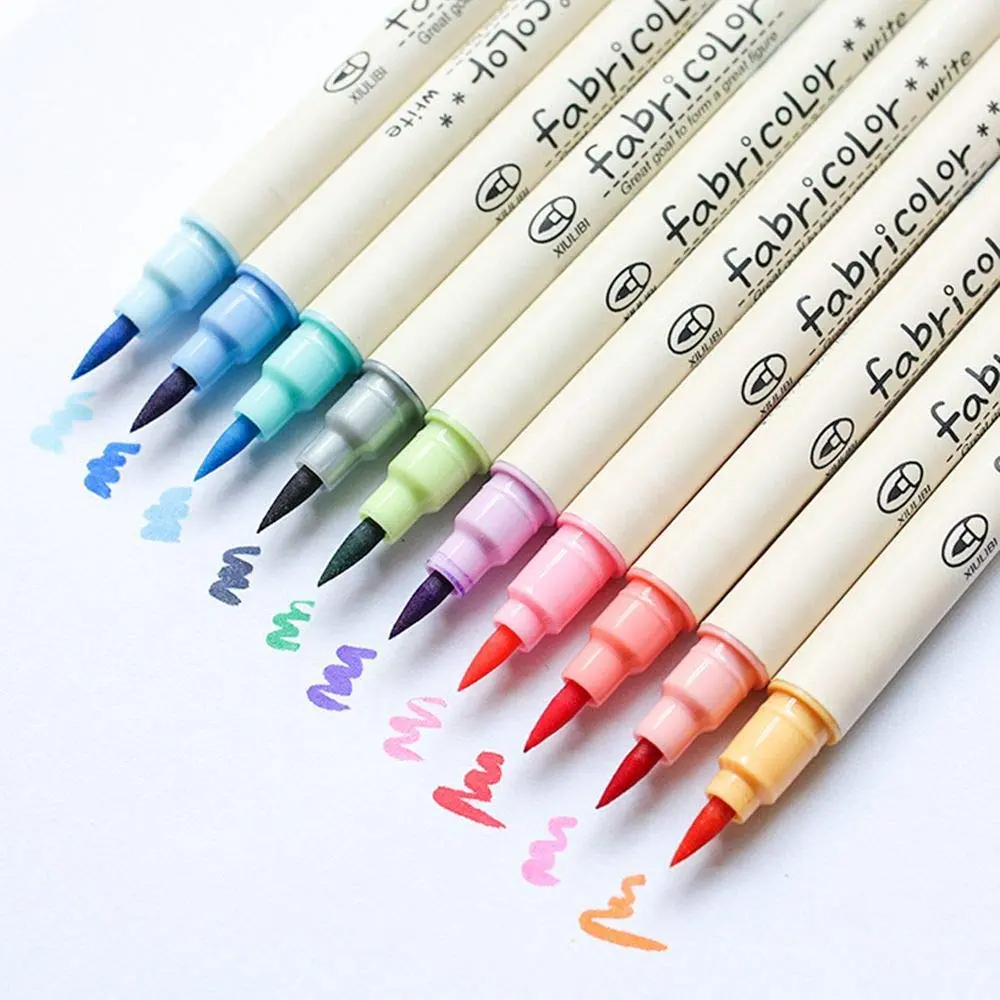When people first begin to learn Mandarin online or work with an online Chinese teacher, their focus is usually on tones, grammar, and vocabulary. Yet the deeper layers of Chinese culture reveal that the written script itself is not merely a tool of communication but an artistic tradition. At the heart of this tradition lies the writing brush, or 毛笔 (máobǐ).
The origins of the Chinese writing brush can be traced back to the Warring States period, with archaeological evidence suggesting that bamboo handles and animal hair were already used to craft brushes. Unlike the rigid pens of the Western tradition, the 毛笔 offered a remarkable flexibility: it could produce strokes that were fine or broad, soft or forceful, depending on the pressure and angle applied. This range of expression became central to the development of calligraphy, where the written character was not only a carrier of meaning but also a manifestation of the writer’s moral character, temperament, and intellectual refinement.
The brush shaped writing styles across dynasties. For example, the seal script (篆书) of early China demanded precise and formal strokes, while the cursive script (草书) of later dynasties allowed for expressive freedom and spontaneity. The discipline required to master each style reflected the educational ideals of Chinese society: patience, repetition, and inner cultivation. In this sense, the 毛笔 was more than a writing tool—it was a vehicle of personal cultivation, linking linguistic expression to philosophy and ethics.
Today, the practice of brush calligraphy continues to hold significance, though it has shifted from being a daily necessity to an art form and cultural symbol. It remains widely practiced in schools, at cultural festivals, and in artistic communities both in China and abroad. Exhibitions of calligraphy often highlight not only the beauty of characters but also the historical continuity of Chinese culture, demonstrating how an ancient tool can still communicate values of elegance, harmony, and discipline in a digital age.
At GoEast Mandarin, calligraphy is sometimes discussed alongside language learning as a way to enrich one’s understanding of how characters evolved. While most students begin with digital or pen-based writing, an exploration of brush techniques can illuminate why Chinese characters are structured the way they are, and how their form connects with meaning. This perspective, whether through online courses or cultural workshops in Shanghai, shows that language learning is inseparable from cultural learning, and that the 毛笔 continues to bridge past and present in profound ways.
Also Read-How Electronic Health Records Reduce Medical Errors







